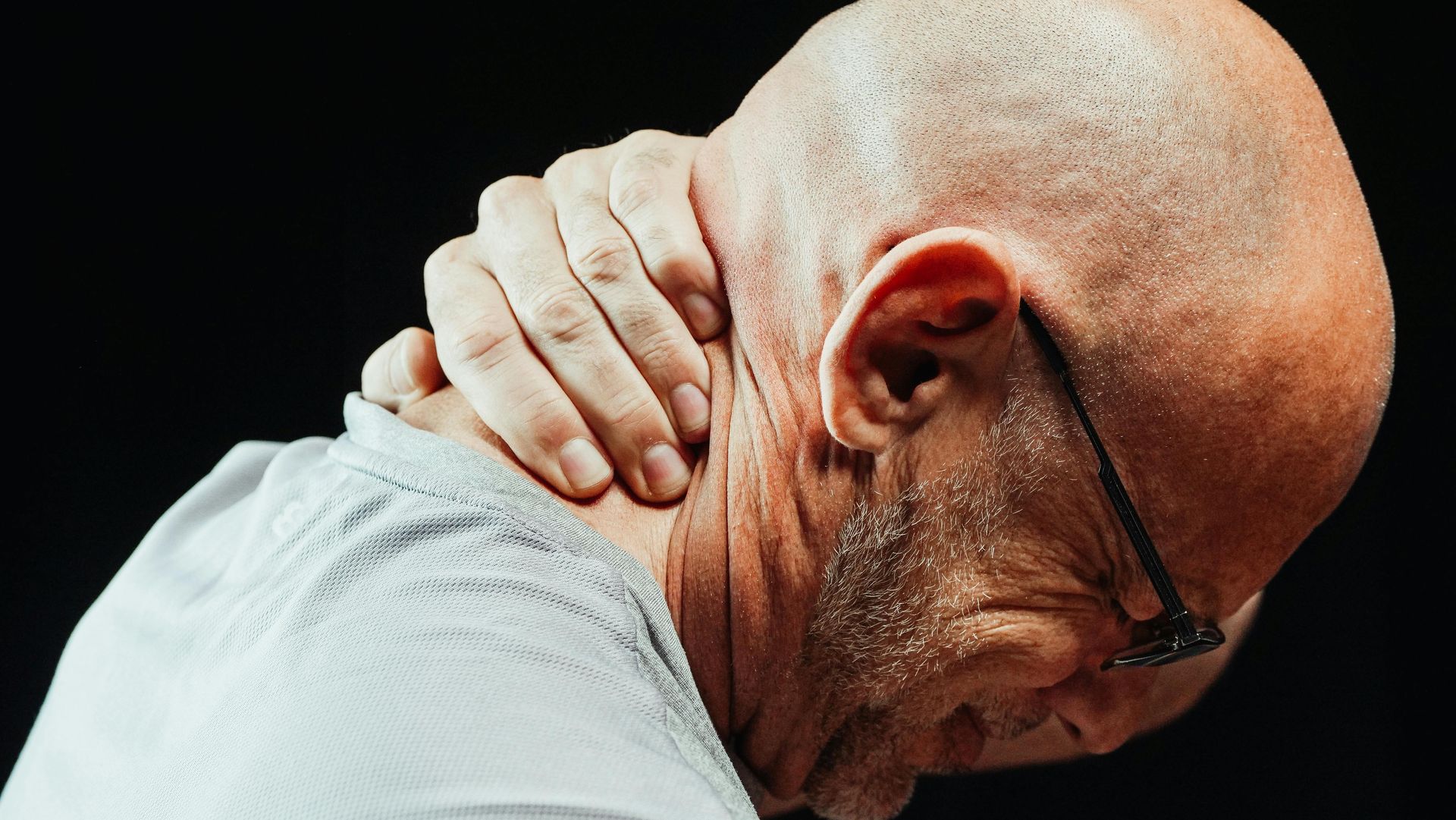Understanding Osteoarthritis and Non-Surgical Treatment Options
Osteoarthritis is a prevalent degenerative joint disease that impacts millions of people worldwide. As the most common form of arthritis, it causes the breakdown of cartilage in joints, leading to pain, stiffness, and swelling.
Overview of Osteoarthritis
Osteoarthritis is a degenerative joint disease characterized by the breakdown of cartilage, the flexible tissue that cushions the ends of bones in joints. This condition leads to pain, stiffness, and swelling, significantly impacting an individual's quality of life. According to the World Health Organization (WHO), osteoarthritis affects over 300 million people worldwide, with approximately 32.5 million adults in the United States suffering from this condition.
The joints most commonly affected by osteoarthritis include the knees, hips, hands, and spine. These joints bear the brunt of repetitive stress and weight-bearing activities, making them more susceptible to wear and tear. As the disease progresses, individuals may experience reduced mobility, chronic pain, and difficulties performing everyday tasks, such as walking, climbing stairs, or even gripping objects.
Symptoms and Causes of Osteoarthritis
Key Symptoms
The primary symptoms of osteoarthritis include:
Joint Pain: Persistent or intermittent pain in the affected joints, often worsening with activity and improving with rest.
Stiffness: Reduced flexibility and stiffness, particularly after periods of inactivity or in the morning.
Swelling: Inflammation and swelling around the joints.
Reduced Range of Motion: Difficulty moving the joint through its full range of motion.
Risk Factors
Several risk factors contribute to the development of osteoarthritis:
Age: The risk increases with age, particularly after 50.
Gender: Women are more likely to develop osteoarthritis than men.
Obesity: Excess body weight puts additional stress on weight-bearing joints like the knees and hips.
Genetics: A family history of osteoarthritis can increase the likelihood of developing the condition.
Previous Joint Injuries: Injuries or surgeries involving joints can predispose individuals to osteoarthritis.
Disease Progression
Osteoarthritis progresses gradually over time. The cartilage within the joint deteriorates, leading to bone-on-bone contact, which causes pain and further joint damage. Changes in the bone, such as the formation of bone spurs, can occur. As the disease advances, the joint may lose its normal shape and alignment, further impairing function and mobility.
Non-Surgical Treatment Options for Osteoarthritis
Non-surgical treatments for osteoarthritis aim to manage symptoms, improve joint function, and enhance the quality of life. These treatments can be broadly categorized into regenerative medicine, chiropractic care, and lifestyle modifications.
Regenerative Medicine
Definition and Types
Regenerative medicine is a field of medical science focused on repairing and regenerating damaged tissues using the body's natural healing mechanisms. Two common types of regenerative medicine used for osteoarthritis are stem cell therapy and platelet-rich plasma (PRP) therapy.
How It Works
Stem cell therapy involves injecting stem cells into the affected joint. These cells have the potential to differentiate into various cell types, including cartilage cells, promoting tissue repair and reducing inflammation. PRP therapy, on the other hand, uses a concentration of platelets from the patient's blood, which are rich in growth factors that stimulate healing and tissue regeneration.
Benefits
The benefits of regenerative medicine for osteoarthritis patients include:
- Reduced pain and inflammation
- Improved joint function and mobility
- Minimal side effects compared to traditional treatments
Chiropractic Care
What is Chiropractic Care
Chiropractic care is a healthcare discipline that focuses on diagnosing and treating musculoskeletal disorders, particularly those involving the spine. It is based on the principle that proper alignment of the body's musculoskeletal structure can enable the body to heal itself without surgery or medication.
Techniques Used
Chiropractors use various techniques to treat osteoarthritis, including:
Spinal Adjustments: Realigning the spine to improve function and reduce pain.
Joint Manipulation: Applying controlled force to joints to enhance mobility and reduce stiffness.
Benefits for Osteoarthritis
Chiropractic care can help manage osteoarthritis symptoms by:
- Improving joint mobility and flexibility
- Reducing pain and discomfort
- Enhancing overall joint function
Lifestyle and Home Remedies
Exercise and Physical Therapy
Regular exercise and physical therapy are crucial in managing osteoarthritis symptoms. Low-impact activities such as swimming, walking, and cycling can help maintain joint function and reduce stiffness. Physical therapy can provide targeted exercises to strengthen the muscles around the joints, improving stability and reducing pain.
Diet and Nutrition
Maintaining a balanced diet and a healthy weight is essential for reducing the strain on joints. Consuming anti-inflammatory foods, such as fruits, vegetables, and omega-3 fatty acids, can help manage inflammation and support overall joint health.
Pain Management Techniques
Various pain management techniques can be used at home, including:
Hot and Cold Therapy: Applying heat or cold packs to the affected joints can help reduce pain and inflammation.
Assistive Devices: Using devices like braces, splints, or canes can provide additional support and reduce joint stress.
Comparing Non-Surgical Treatments to Surgical Options
Risks and Benefits
Non-surgical treatments for osteoarthritis, such as regenerative medicine and chiropractic care, offer several advantages over surgical options. These treatments typically have fewer risks and side effects, as they do not involve invasive procedures. Non-surgical treatments focus on enhancing the body's natural healing processes, providing long-term relief without the need for medication or surgery.
Recovery Time
Non-surgical treatments generally have shorter recovery times compared to surgical interventions. Patients can often resume their daily activities more quickly and with less discomfort.
Long-term Outcomes
For many patients, non-surgical treatments can provide significant improvements in pain and function, enhancing their quality of life. These treatments can be particularly beneficial for individuals who are not candidates for surgery or prefer to avoid invasive procedures.
Conclusion
Osteoarthritis is a debilitating condition that can significantly impact an individual's quality of life. Non-surgical treatment options, such as regenerative medicine, chiropractic care, and lifestyle modifications, offer effective ways to manage symptoms, improve joint function, and enhance overall well-being. By focusing on these holistic approaches, patients can achieve long-term relief and improved mobility without the need for invasive procedures.
For more information on non-surgical treatment options for osteoarthritis,
contact Chronic Care of Richmond today.




